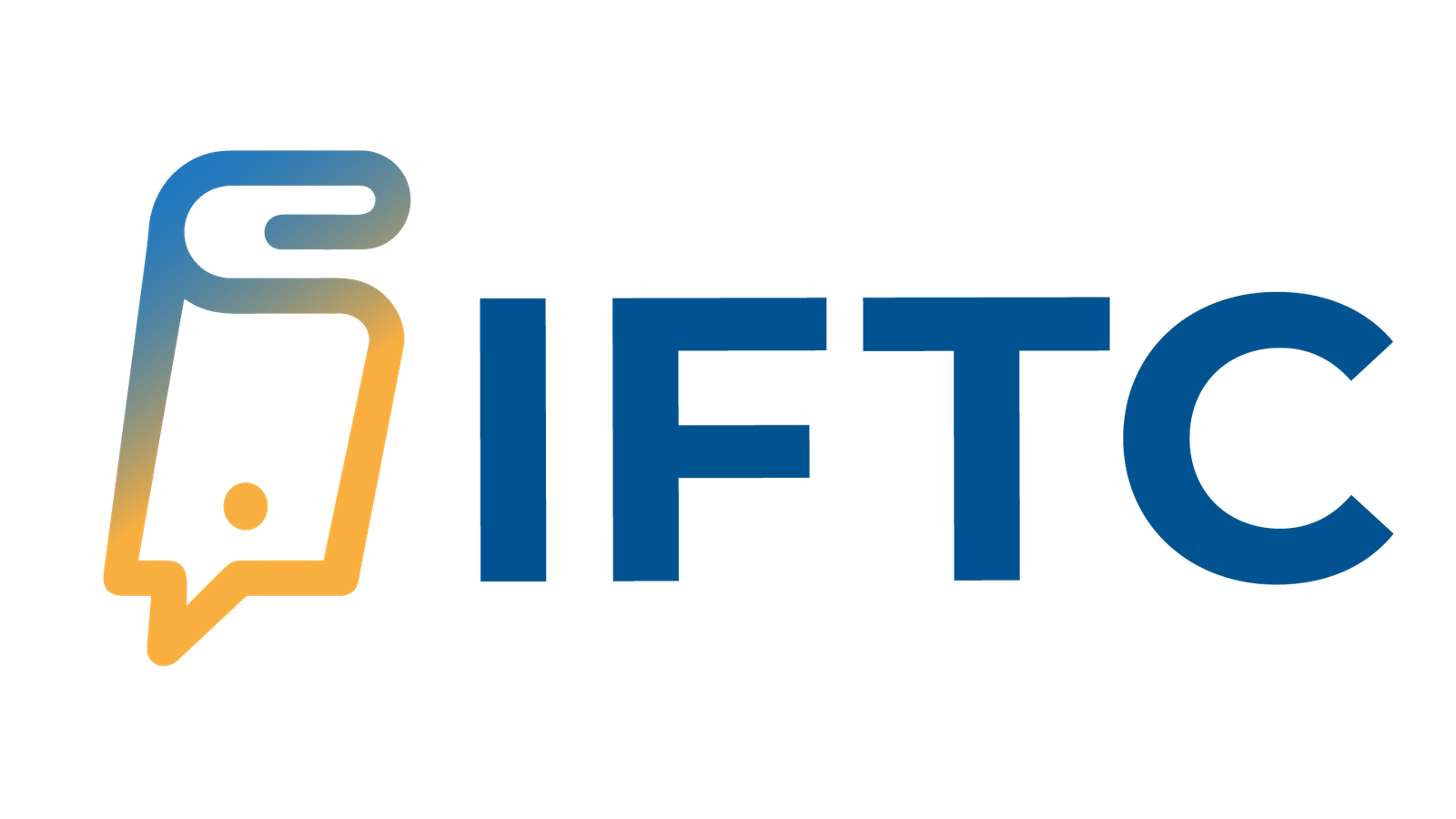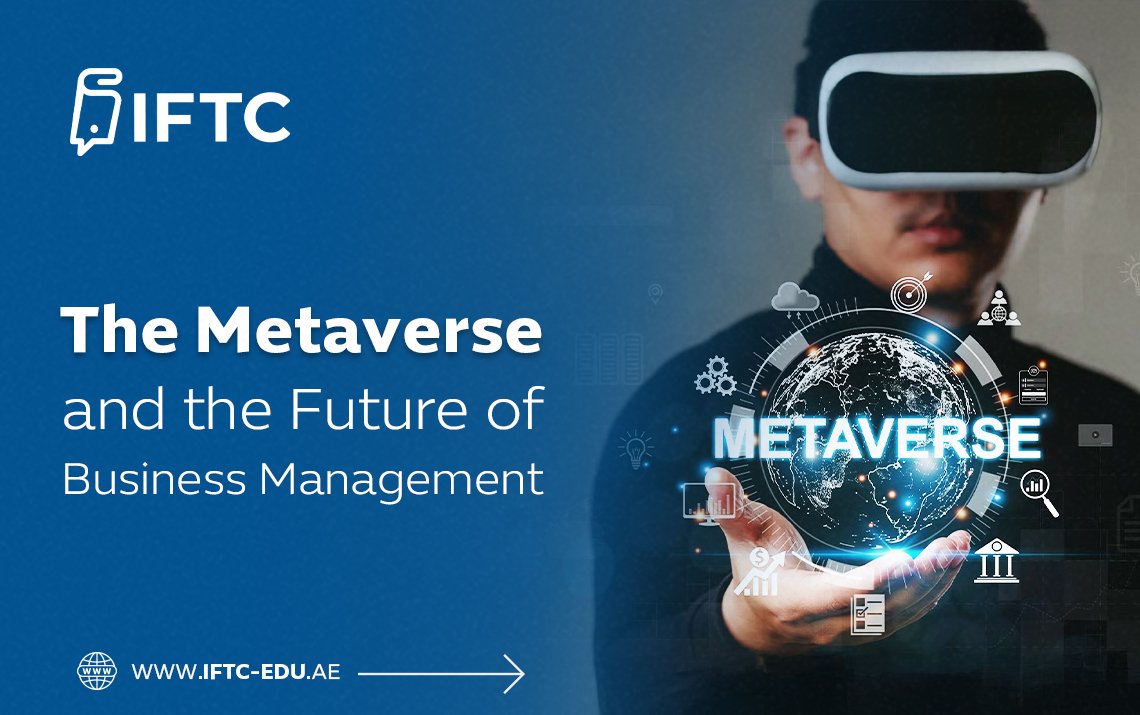
The Green Economy: How Businesses Can Lead the Global Sustainability Transition
Introduction: The Race for a Sustainable Future
The 21st century has made one fact unmistakable: economic growth can no longer come at the expense of the planet. Climate change, biodiversity loss, and resource depletion threaten not only ecosystems but also the stability of markets and societies. The transition toward a green economy — an economy that generates prosperity while protecting the environment and ensuring social inclusion — is no longer optional. It is the defining transformation of our era.
For businesses, this shift represents both a moral imperative and a strategic opportunity. Companies that embrace sustainability as a core principle are not only contributing to global goals such as the Paris Agreement and the UN Sustainable Development Goals (SDGs); they are also unlocking innovation, efficiency, and brand differentiation.
This blog examines what the green economy means in practice, how businesses can drive it, and what frameworks, technologies, and leadership mindsets are shaping the sustainable enterprise of the future.
Understanding the Green Economy
The United Nations Environment Programme (UNEP) defines the green economy as one that improves human well-being and social equity while significantly reducing environmental risks and ecological scarcities. In simpler terms, it is growth that decouples prosperity from pollution.
Key pillars include:
- Low-carbon development — reducing emissions across energy, transport, and industry.
- Resource efficiency — doing more with less through circular design and recycling.
- Social inclusion — ensuring the transition creates decent jobs and equitable opportunities.
- Natural-capital restoration — protecting and regenerating ecosystems that sustain economies.
Why the Private Sector Matters
Governments set policies, but businesses build the infrastructure, products, and innovations that make sustainability real. The corporate world accounts for more than 70 % of global investment and over two-thirds of resource use. Therefore, the green transition cannot succeed without the private sector.
- Companies control supply chains that shape global emissions.
- Investors are channeling trillions into green finance.
- Consumers are demanding transparency and ethical production.
Leading corporations increasingly recognize sustainability as a source of competitive advantage, not a constraint.
The Business Case for Sustainability
- Cost Reduction and Operational Efficiency
Energy-efficient operations, waste minimization, and smart logistics cut expenses while lowering emissions.
- Example: General Electric’s Ecomagination program saved billions through cleaner manufacturing.
- Market Growth and Innovation
Green demand is booming — from electric vehicles to biodegradable packaging.
- Tesla, Ørsted, and Beyond Meat built entire industries around sustainability.
- Access to Capital
ESG (Environmental, Social, Governance) investments now exceed $40 trillion. Firms with strong ESG scores enjoy lower financing costs.
- Talent Attraction and Reputation
Millennials and Gen Z prefer employers aligned with sustainability values.
- Regulatory Resilience
Adhering to global environmental standards shields firms from future policy shocks and carbon taxes.
Strategic Frameworks for a Green Enterprise
- Triple Bottom Line (TBL) — measuring success across People, Planet, Profit.
- Circular Economy Model — designing out waste and keeping resources in use.
- Science-Based Targets — aligning corporate emissions goals with climate science.
- Shared Value Approach — creating business value by solving social problems.
- ESG Integration — embedding sustainability into governance and reporting.
From Commitment to Action: Corporate Pathways
- Decarbonization of Operations
- Switch to renewable energy sources.
- Electrify transport fleets and industrial processes.
- Implement energy-management systems (ISO 50001).
- Sustainable Supply Chains
- Audit suppliers for environmental impact.
- Use blockchain to trace materials and prevent greenwashing.
- Partner with suppliers to reduce scope 3 emissions.
- Circular Product Design
- Use recyclable or biodegradable materials.
- Extend product life cycles through repair and reuse.
- Shift from ownership to “product-as-a-service” models.
- Green Finance and Investment
- Issue green bonds and sustainability-linked loans.
- Allocate R&D funds to eco-innovation.
- Adopt transparent ESG disclosures using frameworks such as TCFD or GRI.
- Stakeholder Engagement and Culture
- Train employees on sustainability mindsets.
- Encourage cross-departmental collaboration on green projects.
- Involve customers and communities in co-creating sustainable solutions.
Technologies Driving the Green Economy
- Renewable Energy Systems — solar, wind, hydrogen, and geothermal power.
- Smart Grids and Energy Storage — balancing supply and demand efficiently.
- Artificial Intelligence and IoT — optimizing energy use and predicting maintenance needs.
- Blockchain — ensuring traceability in carbon credits and supply chains.
- Green Materials — bioplastics, carbon-neutral cement, and sustainable textiles.
Global Case Studies
Unilever: Sustainable Living Plan
Cut environmental impact by 50 % while doubling revenue growth. Integrated sustainability into every brand strategy.
Ørsted: From Oil to Wind
Transformed from a fossil fuel company to a leader in offshore wind energy, achieving carbon neutrality in operations.
Apple: Circular Design and Renewable Supply
Committed to using 100 % recycled materials and running on 100 % renewable energy across facilities.
Masdar (UAE): Green Innovation Hub
Investing in clean energy projects across 40 countries and building Masdar City as a model for sustainable urban living.
Challenges on the Road to Sustainability
- Greenwashing and Trust Deficits
Some firms exaggerate their sustainability efforts without tangible results.
→ Solution: standardized disclosures and third-party verification. - Transition Costs
Shifting to renewables and sustainable materials requires upfront investment.
→ Solution: long-term ROI and public-private partnerships. - Supply-Chain Complexity
Tracking sustainability across global networks is difficult.
→ Solution: digital traceability and supplier collaboration. - Regulatory Fragmentation
Differing global standards complicate compliance.
→ Solution: harmonization of ESG reporting and carbon pricing. - Cultural and Behavioral Barriers
Achieving internal alignment and mindset change requires persistent leadership.
Leadership for the Green Transition
- Visionary Mindset: Leaders must see sustainability as a strategic north star, not CSR.
- Collaboration: Partner across industries, academia, and governments.
- Transparency: Publish progress and failures to build credibility.
- Inclusion: Ensure the green transition creates jobs and opportunities for all communities.
Leadership in the green economy means balancing planetary boundaries with human ambitions — profit with purpose.
Looking Ahead: The Next Decade of Sustainability
By 2035, three forces will define the green economy:
- Net-Zero Commitments
Most Fortune 500 companies will target net zero by 2050 or earlier. - Circular Supply Chains
Waste will be viewed as a resource; recycling and remanufacturing will be mainstream. - Sustainable Innovation Ecosystems
Governments, startups, and corporates will co-create green technologies.
Conclusion: Profit Meets Purpose
The green economy is not merely a trend — it is a transformation of how value is created. Businesses that lead this shift will define the next industrial revolution.
Sustainability is no longer about “doing less harm.” It is about creating regenerative systems that restore the planet while advancing prosperity. Forward-looking leaders understand that the green transition is not a cost of doing business — it is the future of business itself.



